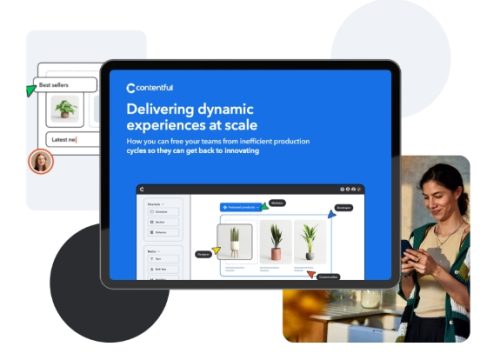
File servers have fulfilled a vital role in networking infrastructure for decades. Microsoft’s Windows File Server first appeared in the early 90’s as a way for networked desktop machines to share files without managing physical disks. Over the years, these on-premises file solutions matured to address cost, availability, and performance requirements with additional features and architectures such as RAID, NAS, and SAN. However, today’s legacy file server technology has become obsolete (which this paper will explore below), forcing IT teams to consider ditching their old local file servers and replacing them with new, cloud file solutions.
Common Challenges with Legacy File Server Technology
The primary reason companies consider retiring their local file server technology is cost. This can be broken down into several areas – licensing costs, which can be anywhere from $25 per month to over $100 per month for a Windows Server, and hardware costs, which range from $1000 to $4000 for a moderately-sized, small business file server. This means that an on-premises file solution can cost anywhere from $1300 to $5000 for the first year alone. And that’s not including any indirect costs, such as routine configuration updates, patching and troubleshooting that often require a dedicated administrator. Plus, if you need to provide for remote file access, you’ll also carry the costs of additional VPN services.
Finally, depending on your industry, you may incur additional costs for solutions to manage and safeguard regulated data. For example, if your file server stores credit card information, it must comply with PCI-DSS requirements or if it stores healthcare records, it must comply with HIPAA. In fact, if it stores any customer data, it will probably need to comply with local privacy regulations. Data regulations govern not only how the system
is configured, but also its ability to generate appropriate reports and respond to special requests.
Beyond costs, there are basic functional issues with legacy file servers that pose challenges both to IT and end users of the system.
This article is posted at egnyte.com
![]()
Please fill out the form to access the content








